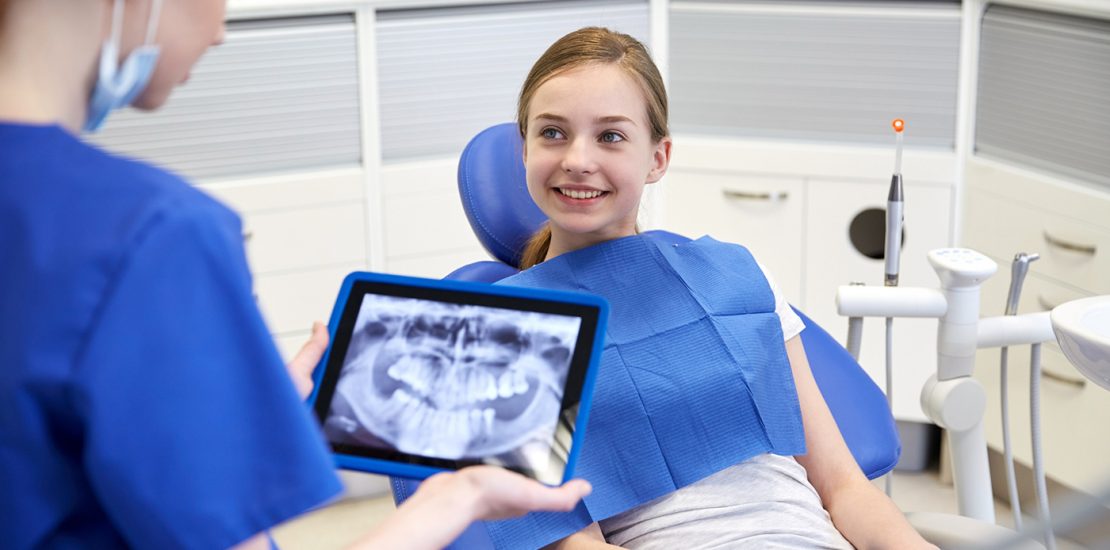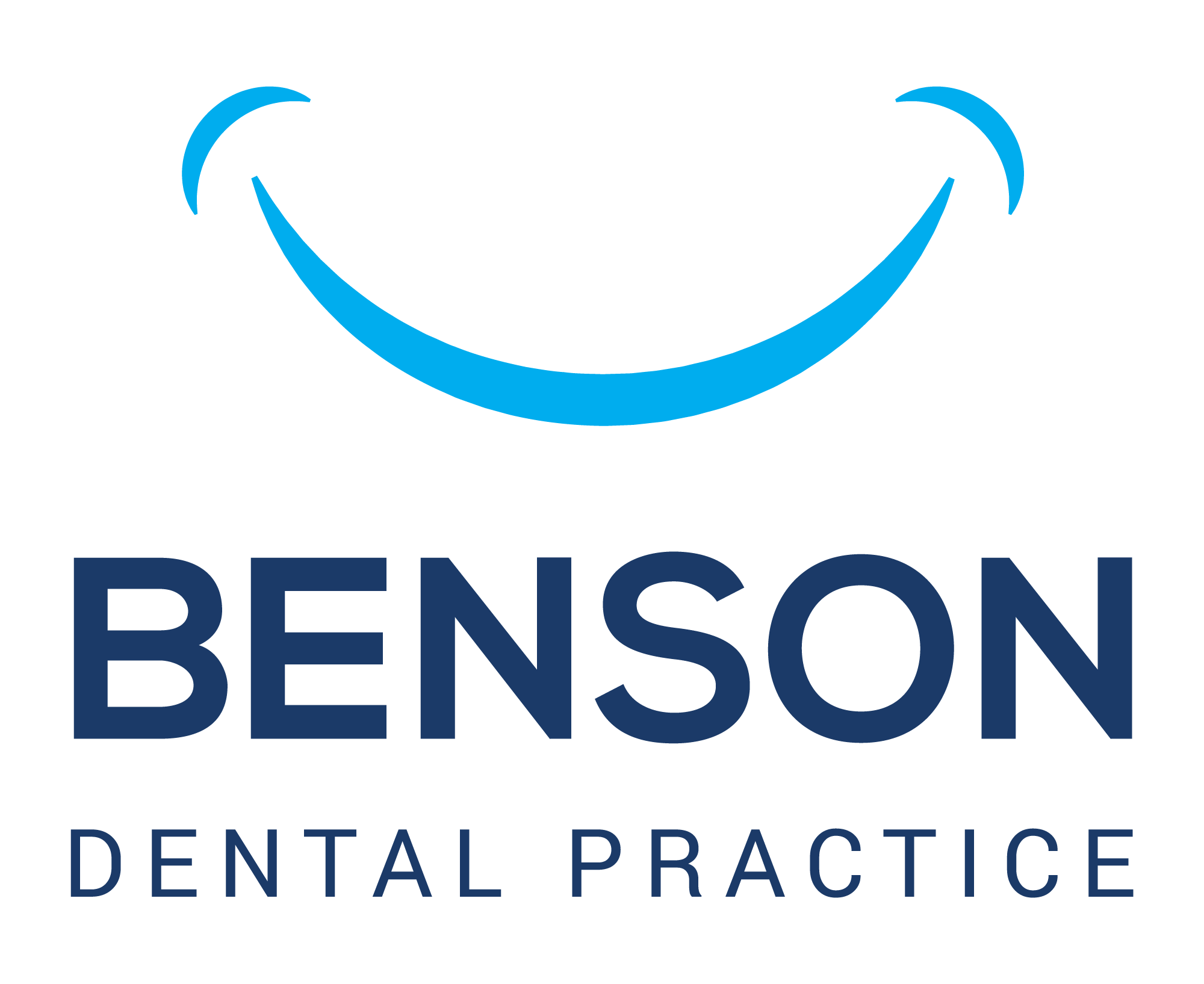- 12/06/2017
- Posted by:
- Category: Dentistry

If you’ve ever had braces, dentures or inlays, then you’ll be familiar with dental impressions. These are basically copies of your teeth. The process of taking an impression usually involves the patient biting down into a gooey substance for a few minutes. The material slowly hardens, thus creating a permanent impression of your teeth.
Unfortunately, the process can also be unpleasant, especially if you have strong gag reflex. This is because our bodies instinctively want to gag unfamiliar materials out of the mouth. Dental impressions can definitely be one of the most unpleasant experiences at the dentist.
Luckily, there’s a modern alternative to impressions: digital scanning. Read on to learn more.
What is digital scanning?
Digital scanning in dentistry started in the mid-1980s. Since then, it’s really taken off and now many dentists offer this procedure.
With digital scanning, the dentist uses a machine to scan an image of your teeth into a computer. It’s a bit like taking an x-ray, but the machine can create a 3D image instead of just a 2D one. The machine uses either lasers or a special light to capture the image.
The benefits of digital scanning
Digital scanning has several benefits over the old way of doing things. The main benefit is that the process removes the need for a physical impression. This means there is no need for patients to keep an unpleasant substance in their mouths.
Digital scans are also more accurate than physical impressions. This is because there are less steps required, so therefore there is less room for error. Ultimately it means that dentists can create fixtures that fit better.
Another advantage to digital scans is that dentists can manipulate the scan using a computer. This allows the dentist to see the exact effect treatments will have on your teeth. You might also get to see what your finished smile will look like.
Digital impression systems are also much faster than physical systems, particularly for dentists. This is because digital systems remove the need for time-consuming tasks such as preparing materials, disinfecting impressions, and mailing the impressions to the lab. The dental laboratory also saves time because they no longer have to pour up plaster or cut and shape dies. It’s a win-win for everyone.
What should I expect from a digital scan?
A digital scans can take between 3 and 5 minutes. There is no need to hold any unpleasant material in your mouth but the dentist might spray your teeth with a special powder to make sure the scan is accurate. Rest assured that all scans are safe.






